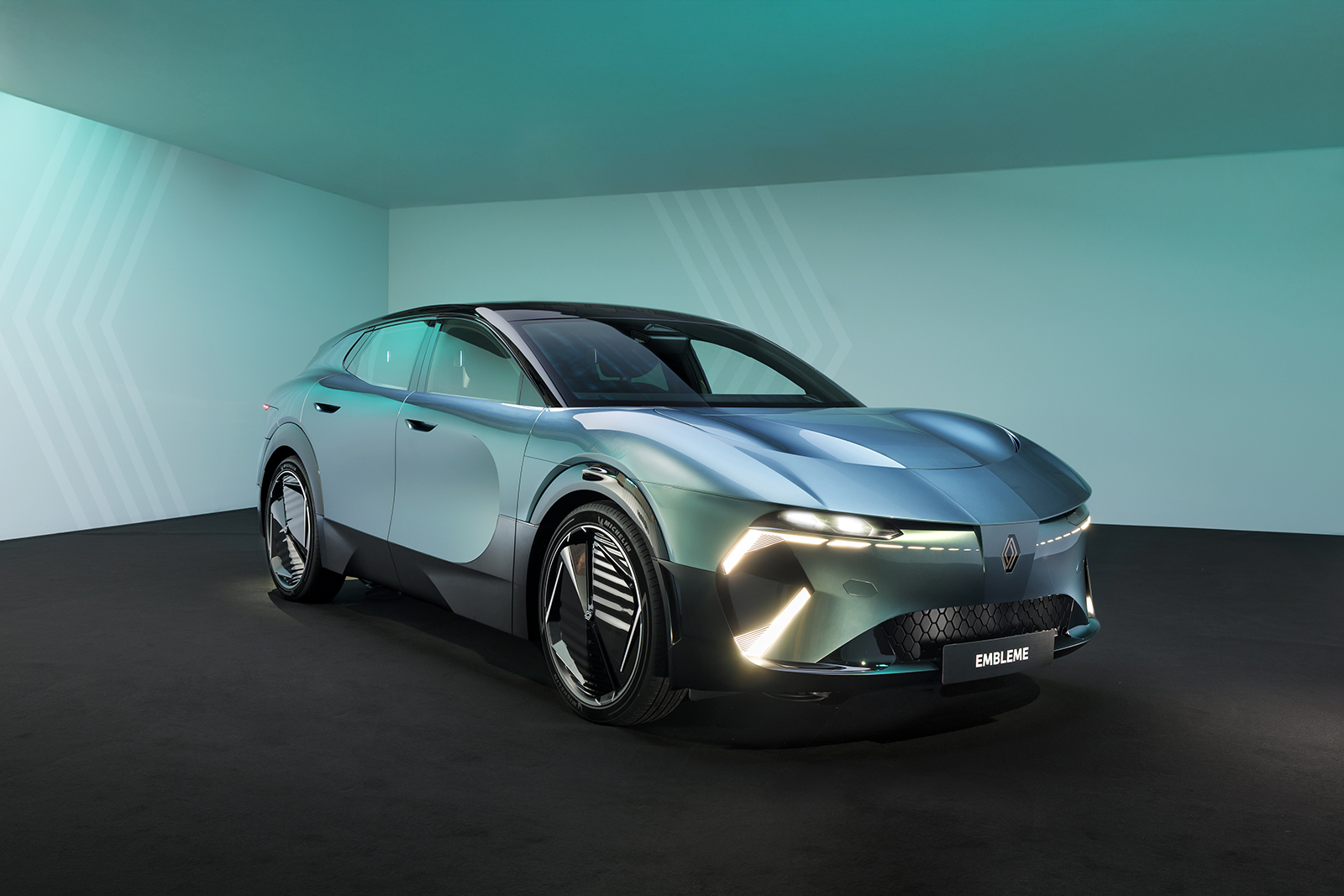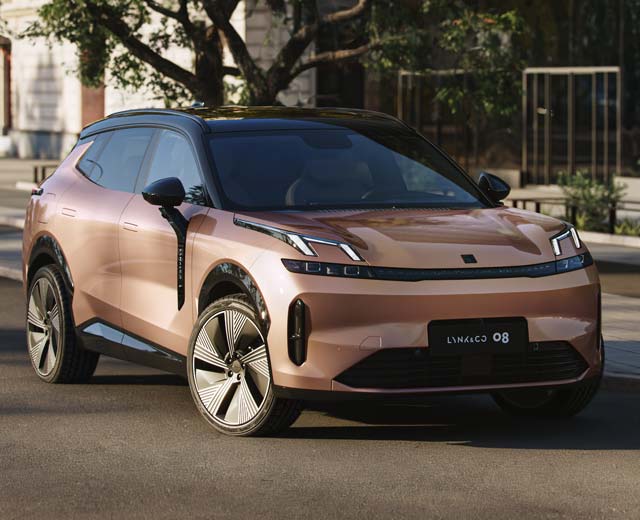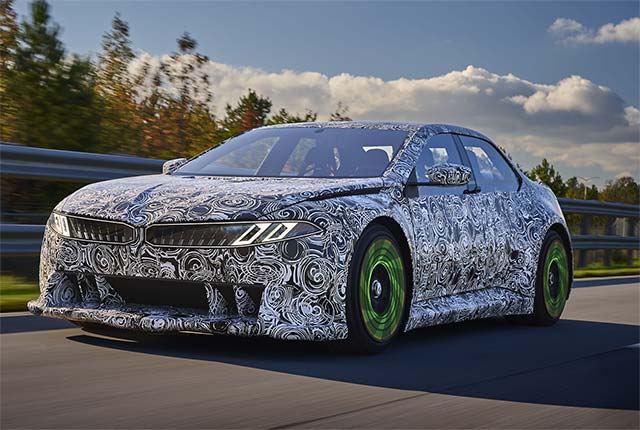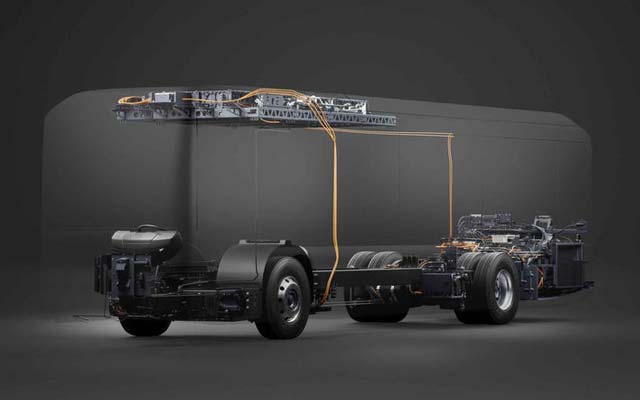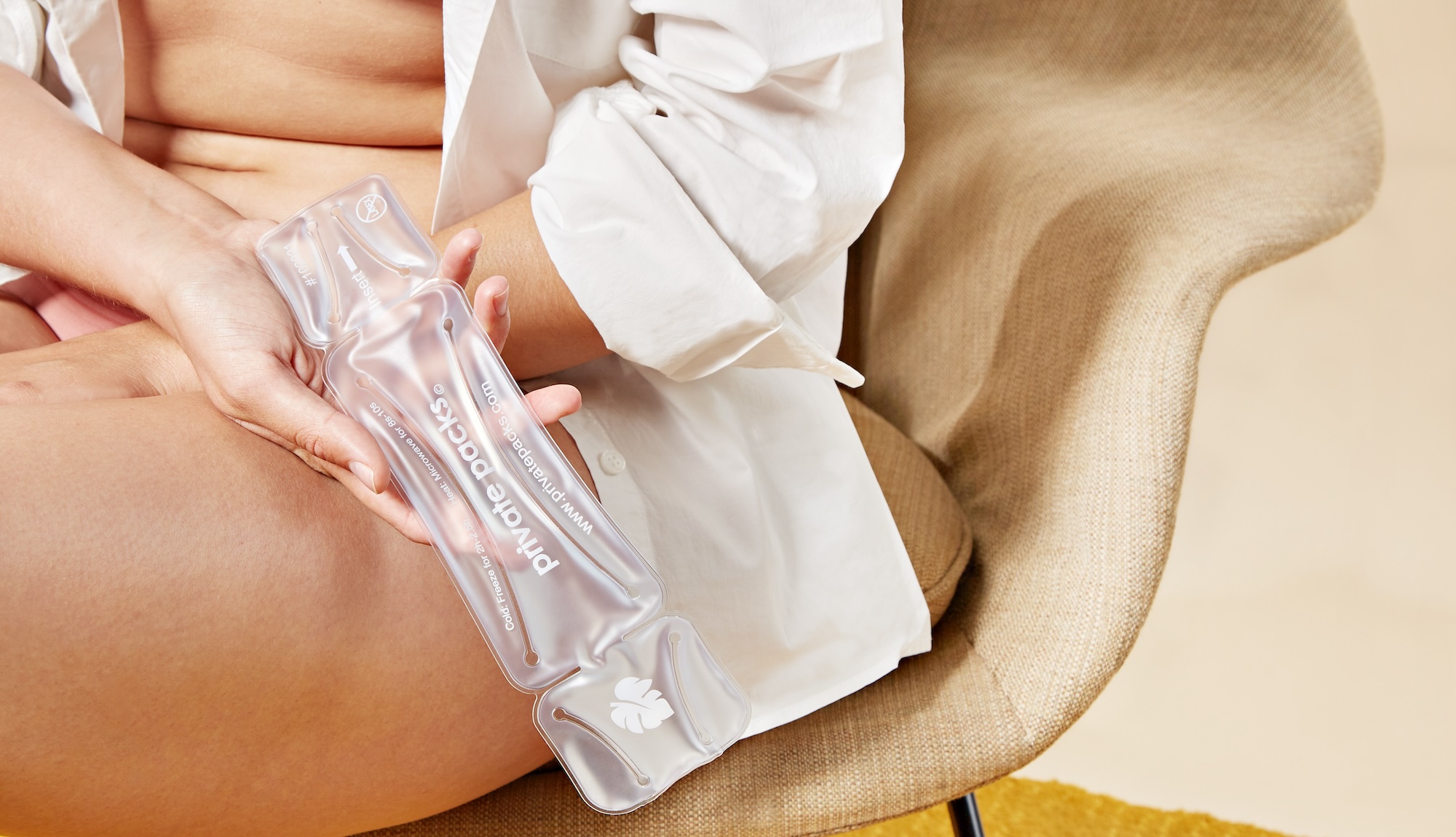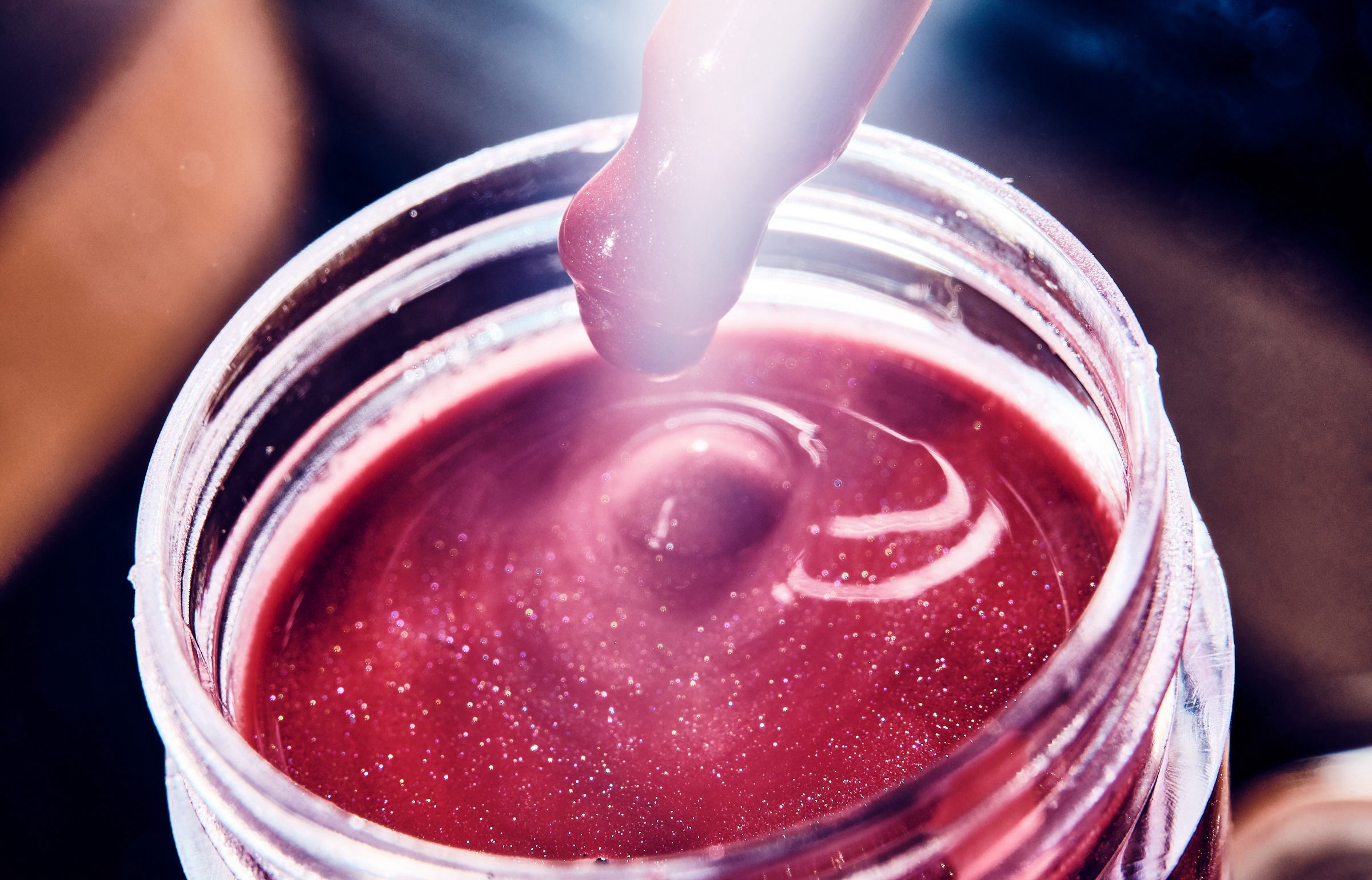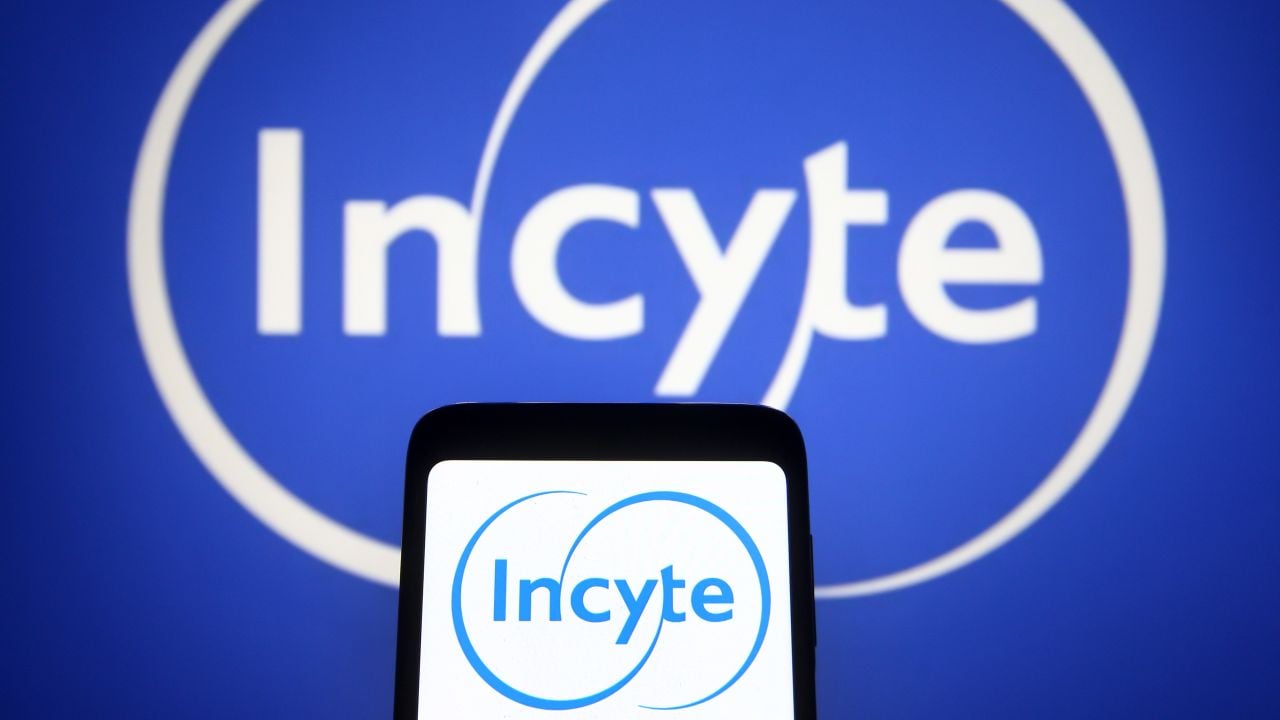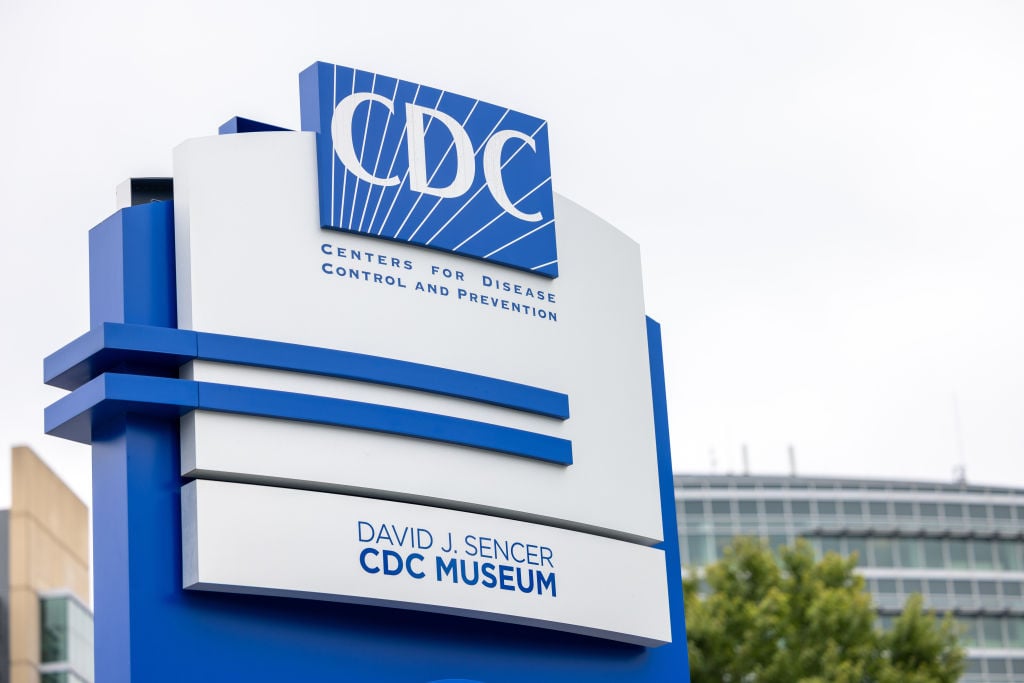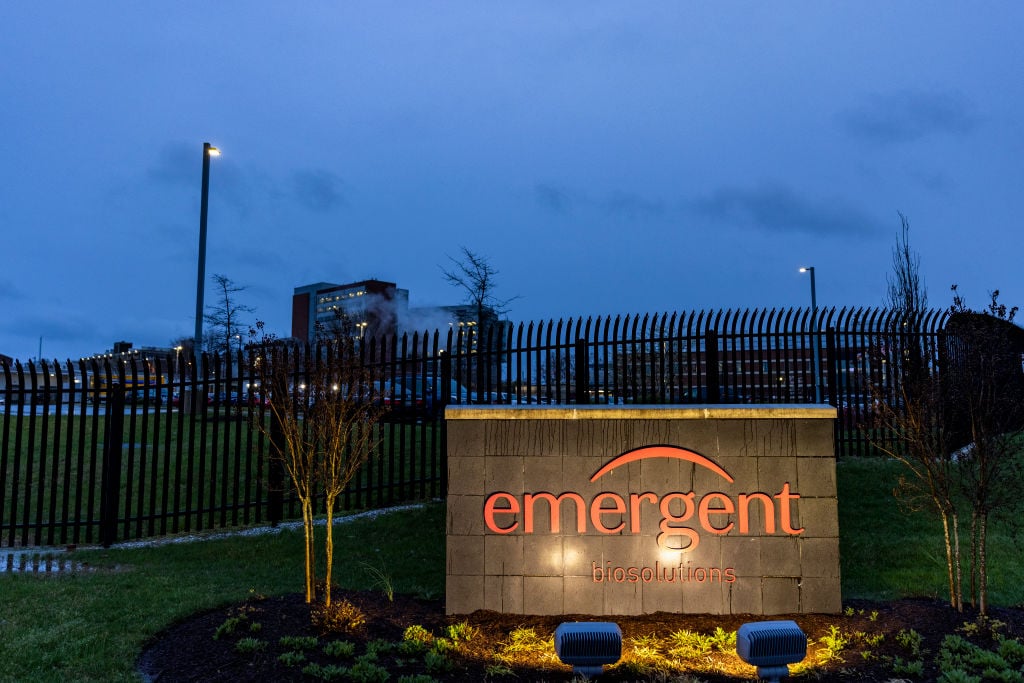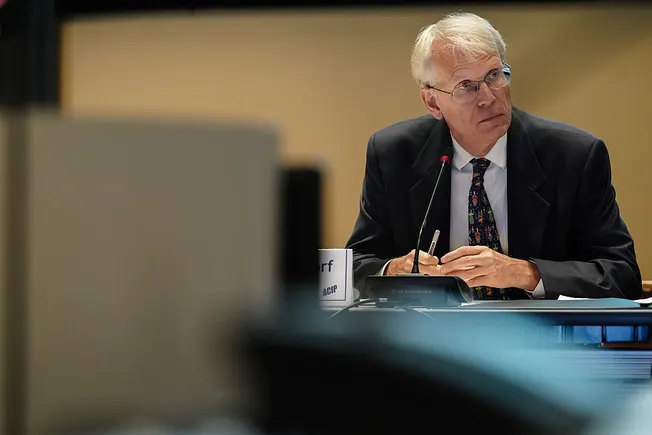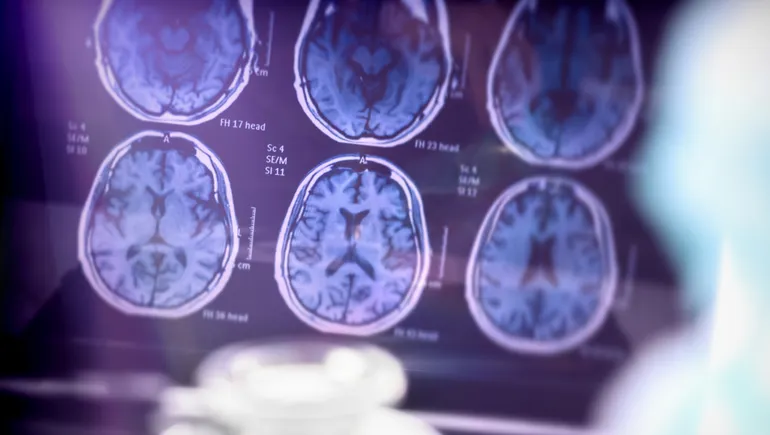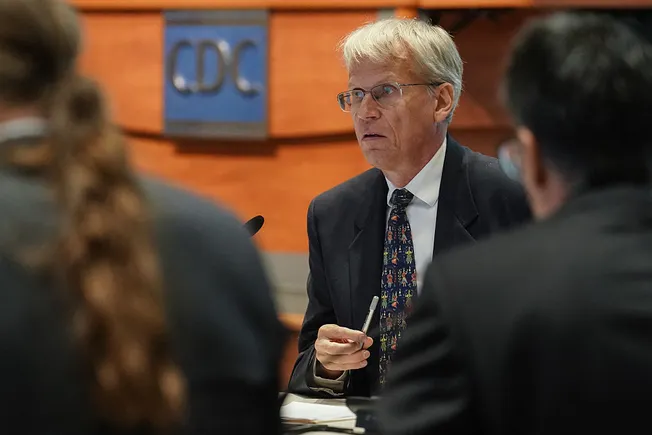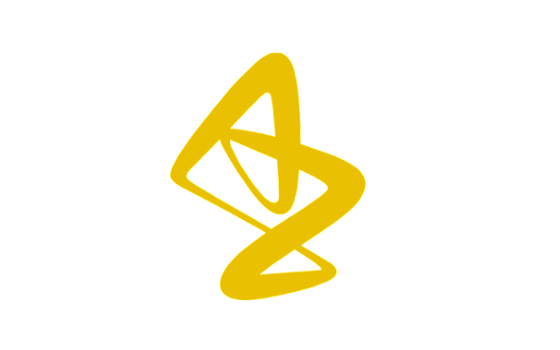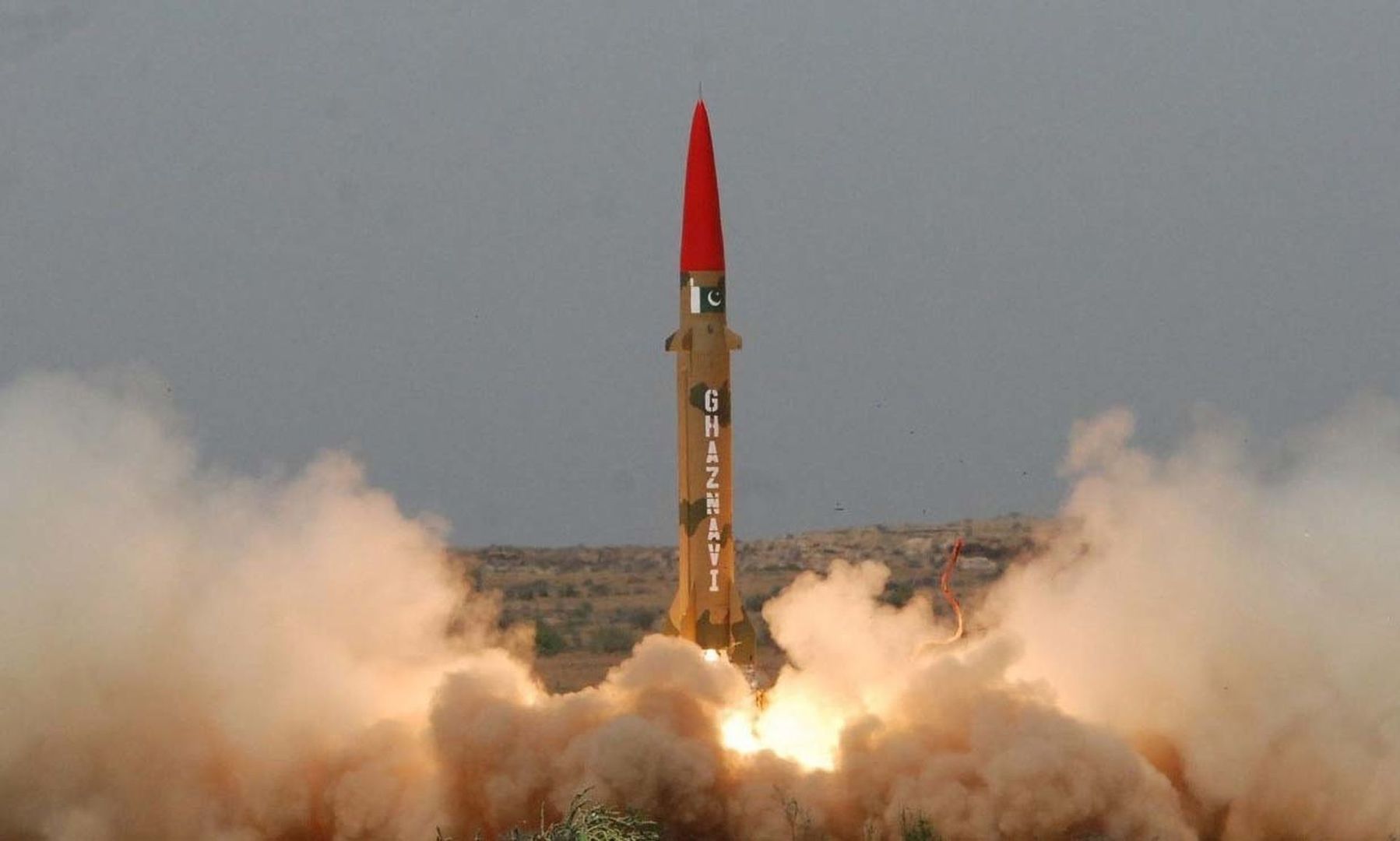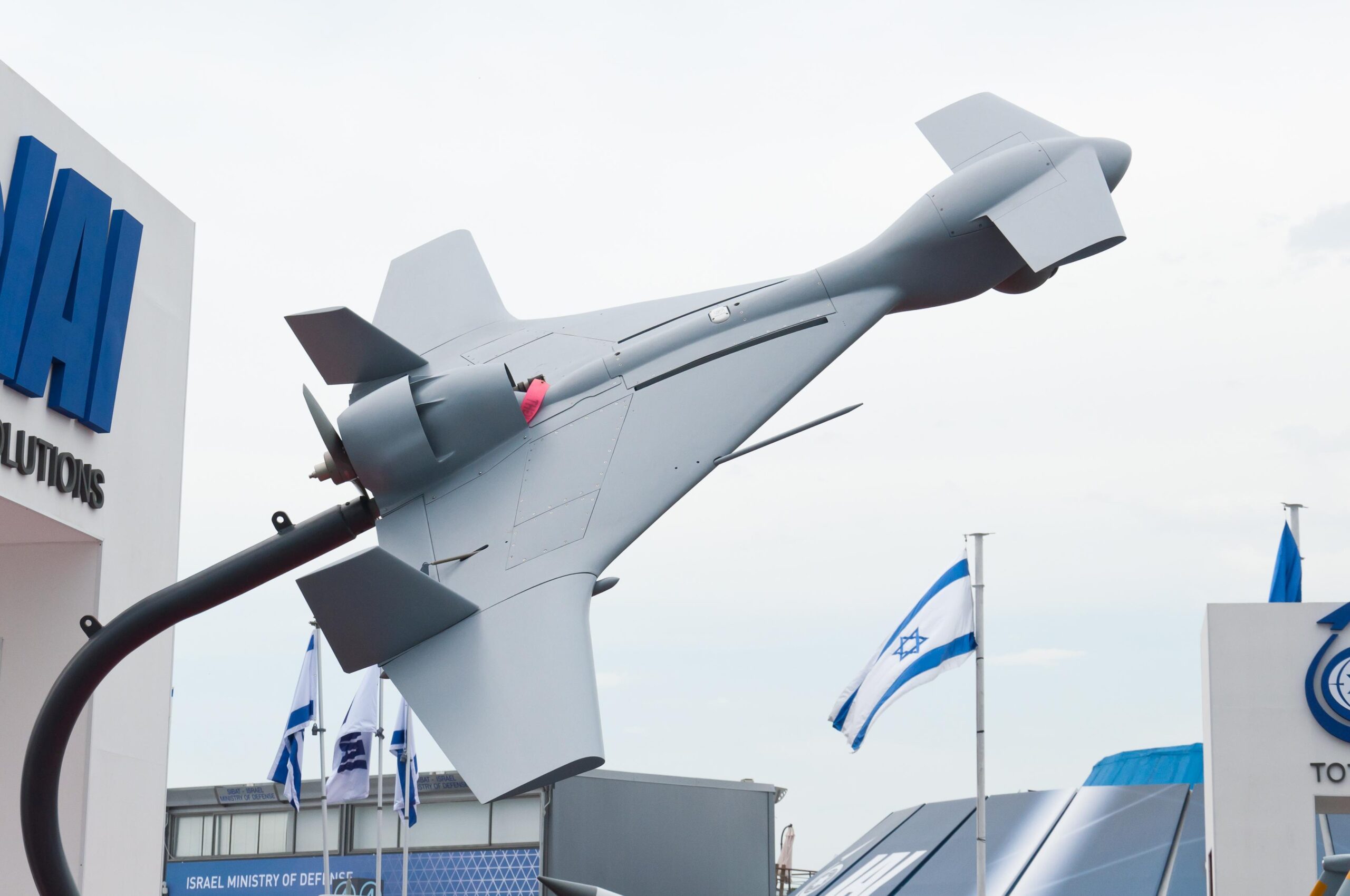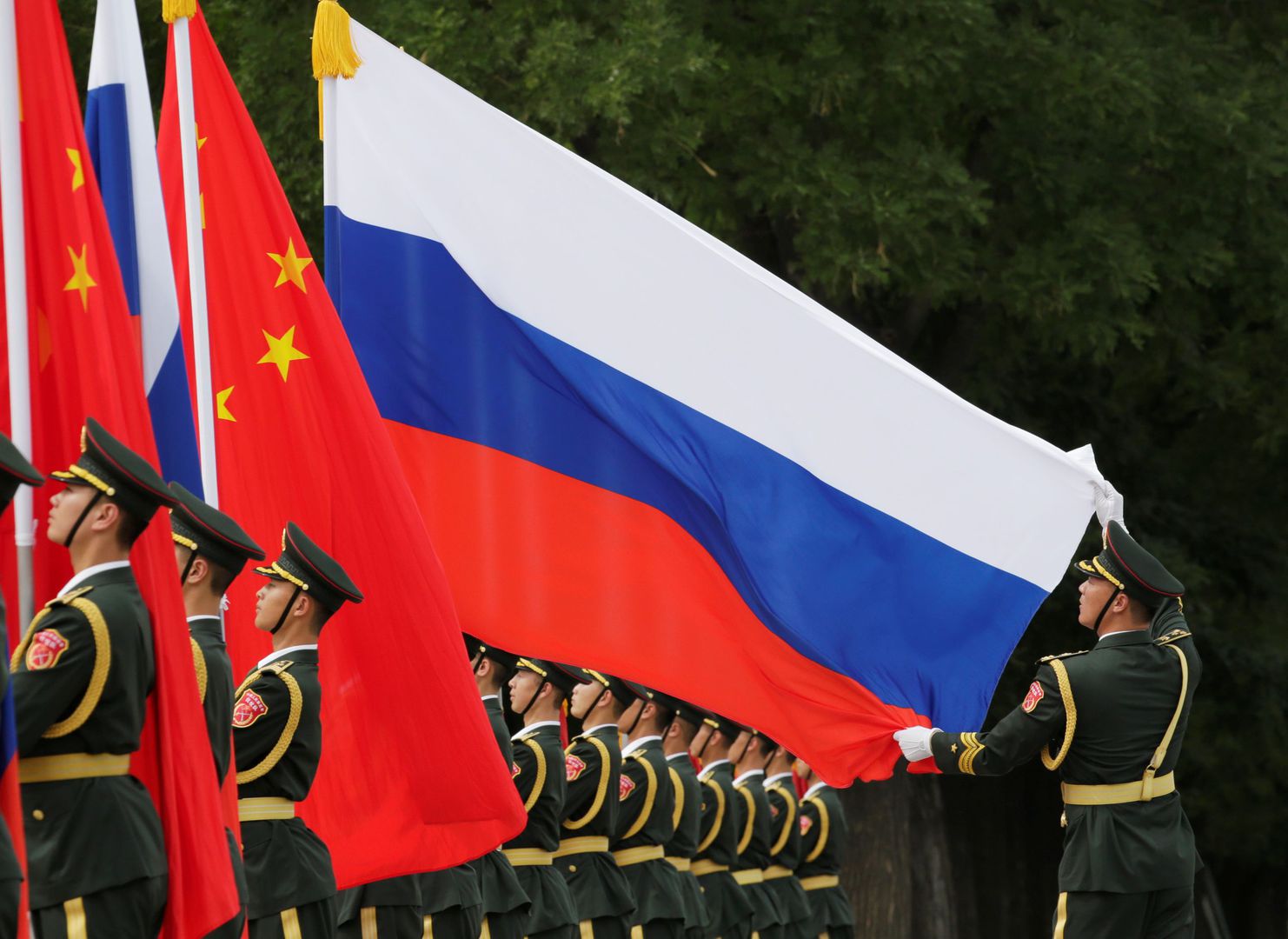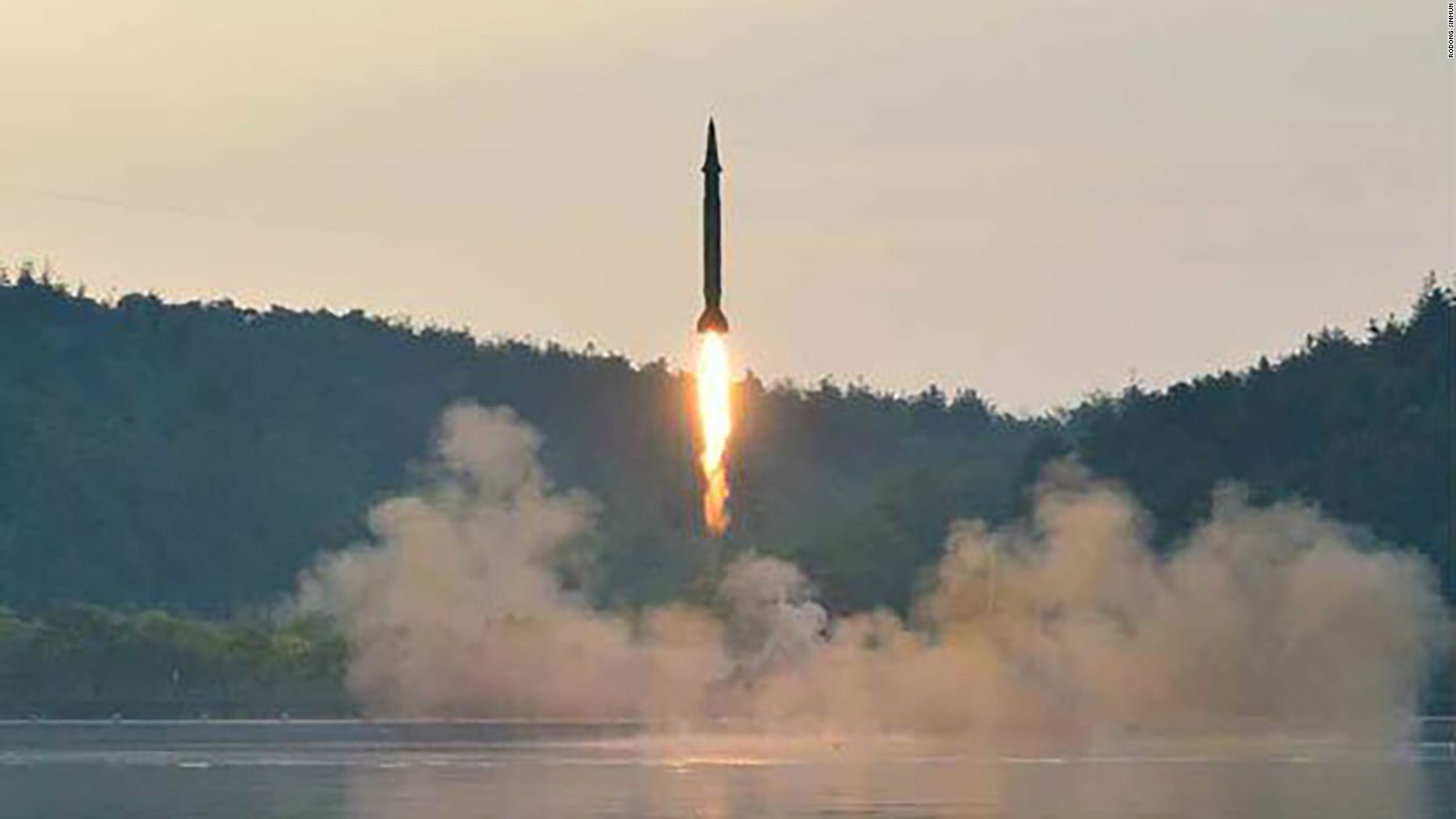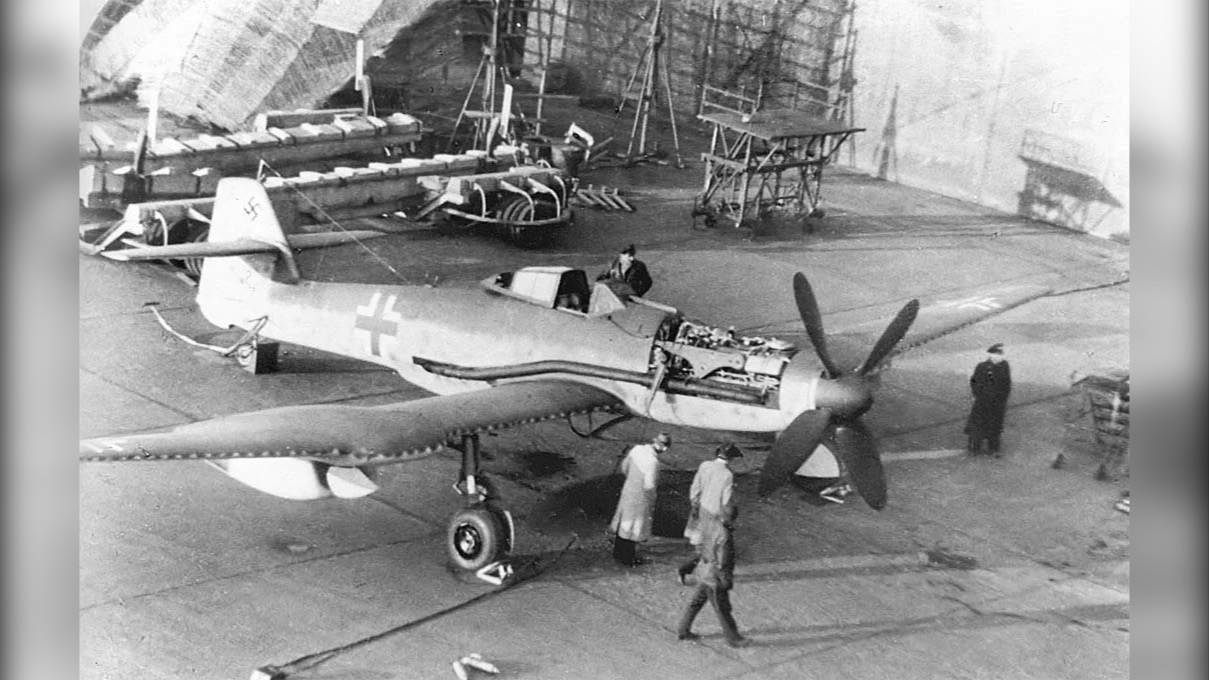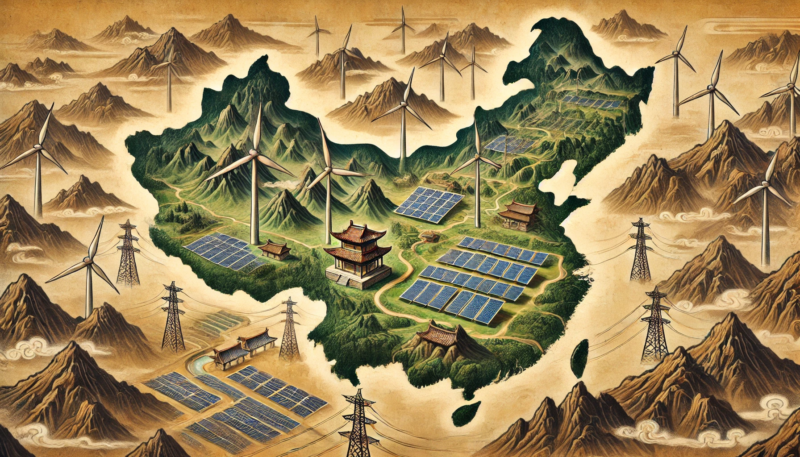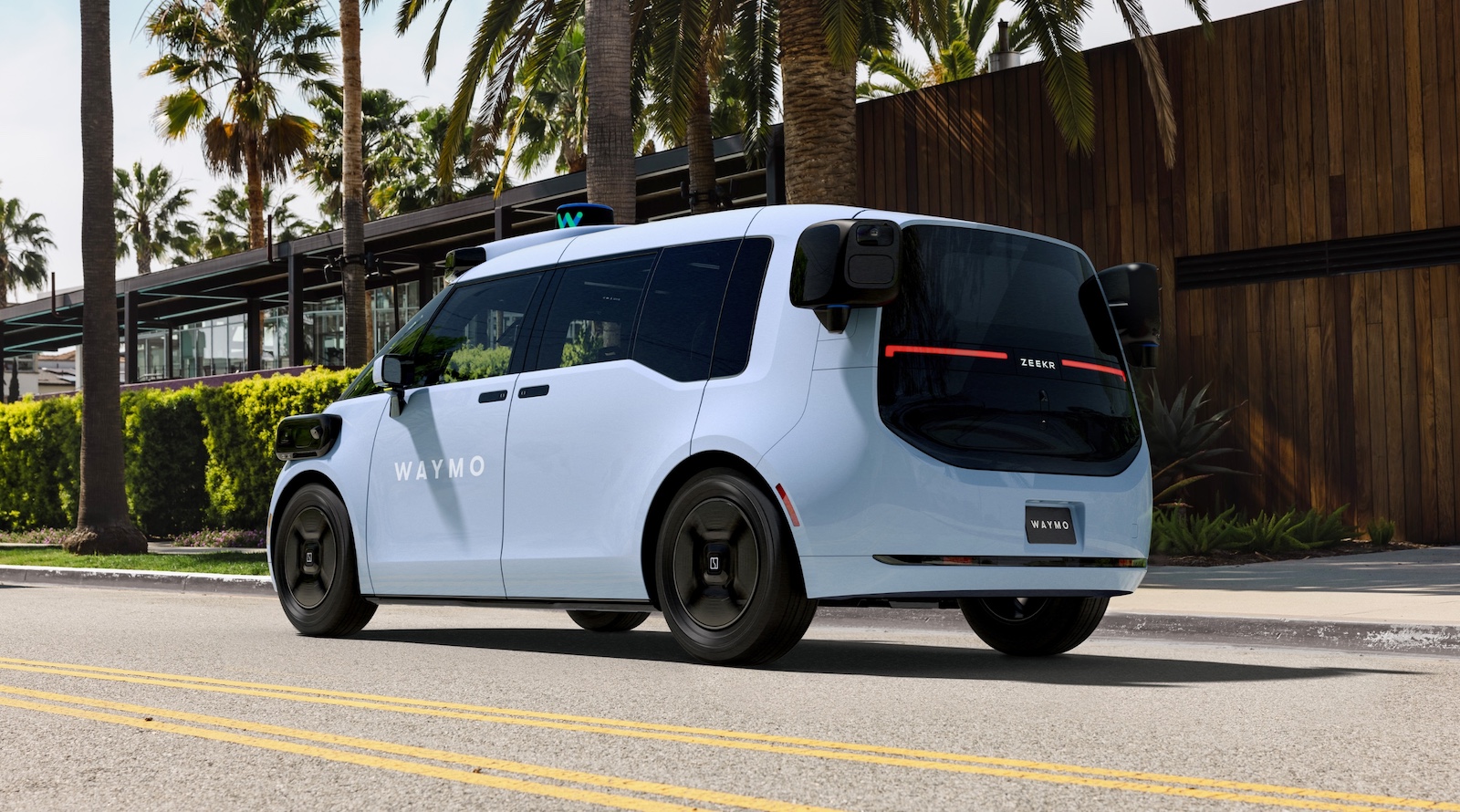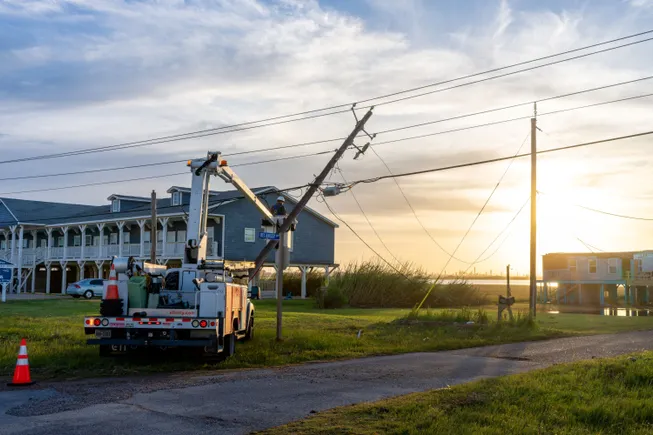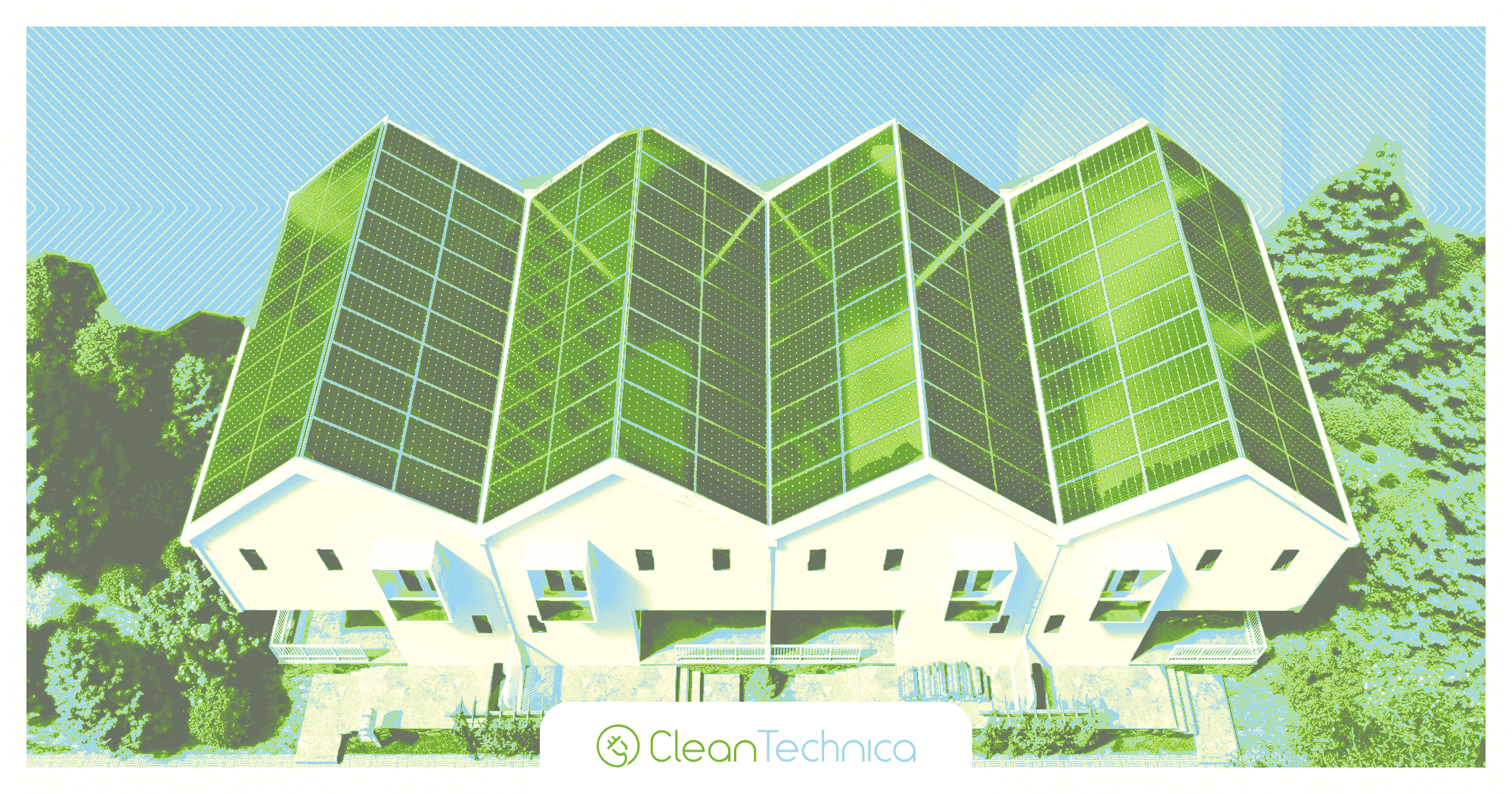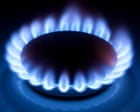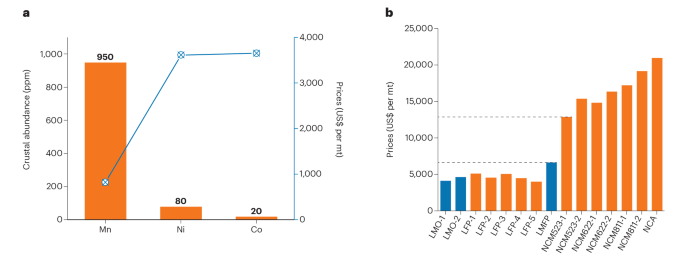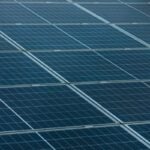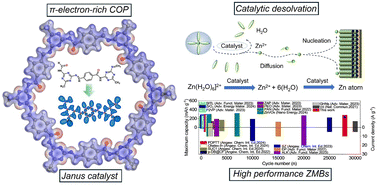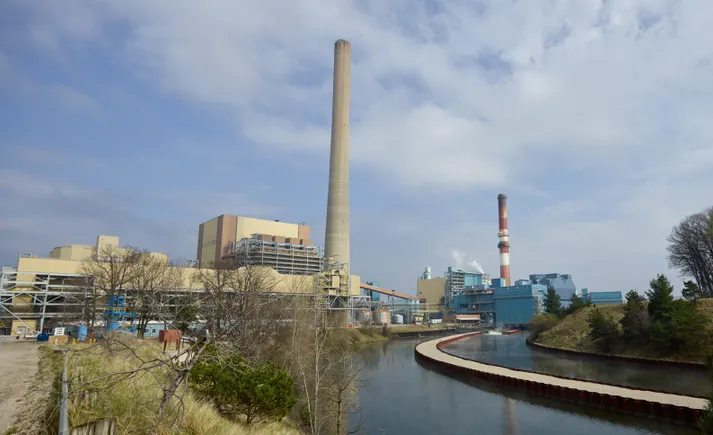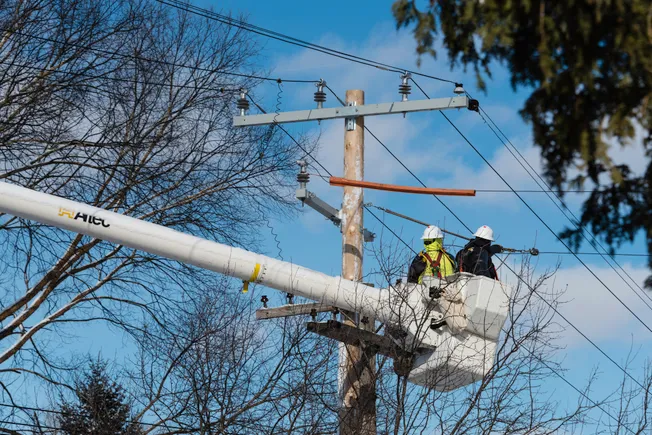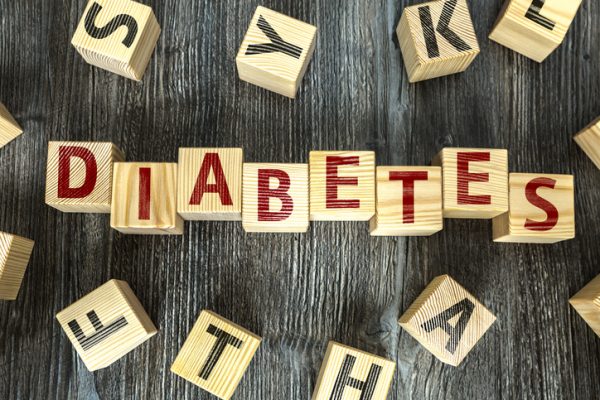Biologically Insoluble Binder for High‐Performance Cathodes in Lithium‐Ion Batteries
Advanced Energy Materials, Volume 15, Issue 24, June 24, 2025.

Inspired by fishing industry, a renewable wheat gluten (WG) binder derived from wheat is developed as a sustainable alternative for lithium-ion battery cathodes. WG not only encapsulates and protects the cathode material, but also stabilizes the electrolyte by preventing free radical generation, enhancing electrochemical stability. For instance, the LiCoO2 cathode with WG exhibits an impressive 82.5% capacity retention after 500 cycles (3-4.55 V), demonstrating superior performance and long-term stability.
Abstract
Binders are vital for maintaining the structural integrity and stability of electrodes in rechargeable batteries. The system of soluble polyvinylidene fluoride in N-methyl-2-pyrrolidone (NMP) is commonly used for commercial cathodes in Li-ion batteries. However, this system has remaining issues, including reliance on the toxic NMP solvent, weak van der Waals bonding, and obnoxious swelling in liquid organic electrolytes, causing difficulty in electrode manufacture and deterioration of mechanical properties during cycles. Herein, inspired by the artificial fishing bait, an eco-friendly and renewable wheat gluten (WG) derived from biomass wheat is utilized as a versatile insoluble binder for battery cathodes. Little water molecules can act as switches for adhesive properties of WG, demonstrating insoluble characteristics, robust hydrogen-bonding capabilities, and a uniform elastic network coating that serves as an effective artificial interphase on cathode materials. Additionally, this binder not only stabilizes the electrolyte by inhibiting and scavenging free radicals but also maintains its rigid mechanical properties in the electrolyte without swelling, resulting in a rather stable microenvironment for active particles, and demonstrating stable cycling performance over 500 cycles of various cathodes such as LiCoO2, LiNi0.5Mn1.5O4, and LiFePO4. This bio-renewable, water-insoluble, and low-cost protein binder offers a promising pathway for advancing high-specific-energy cathode technologies.









